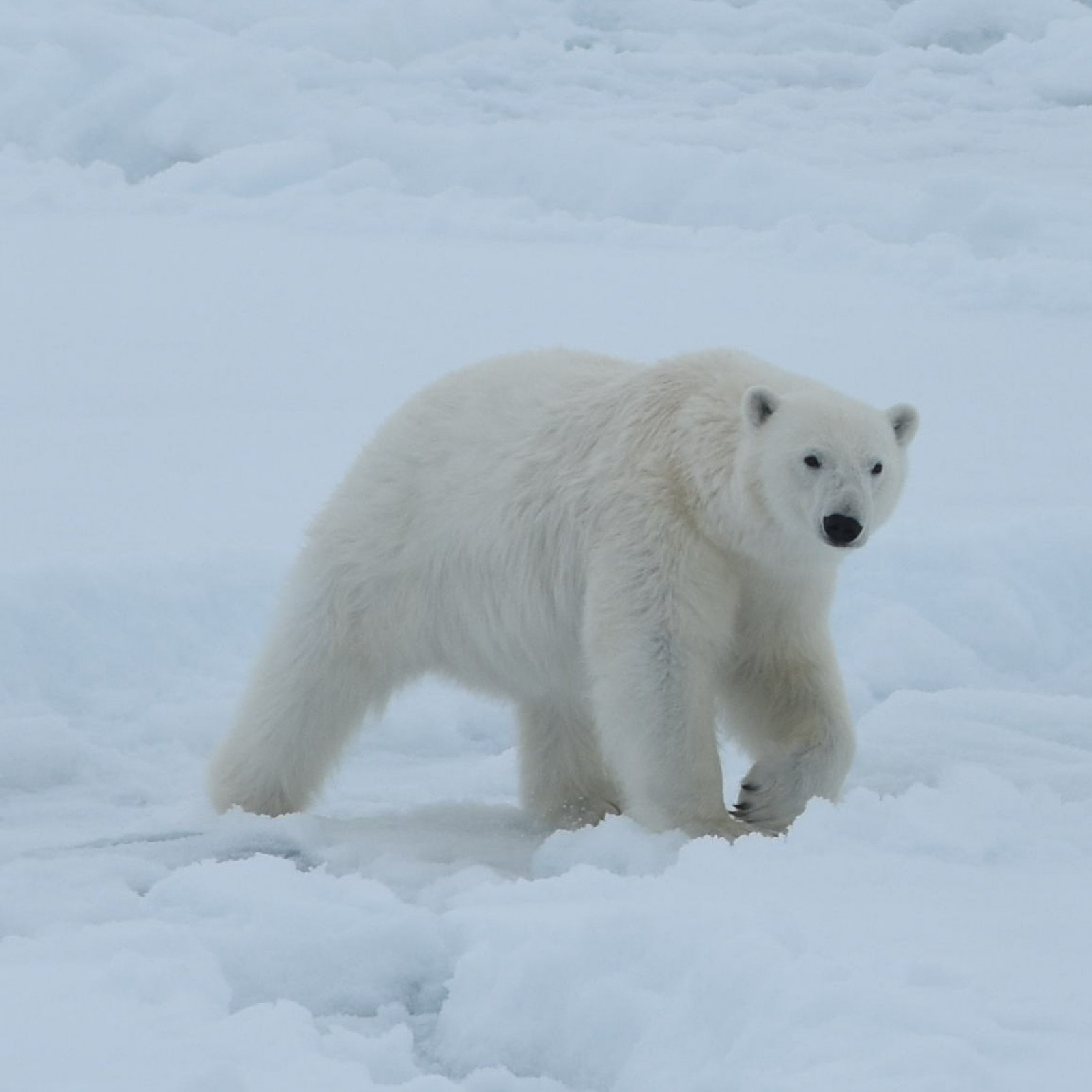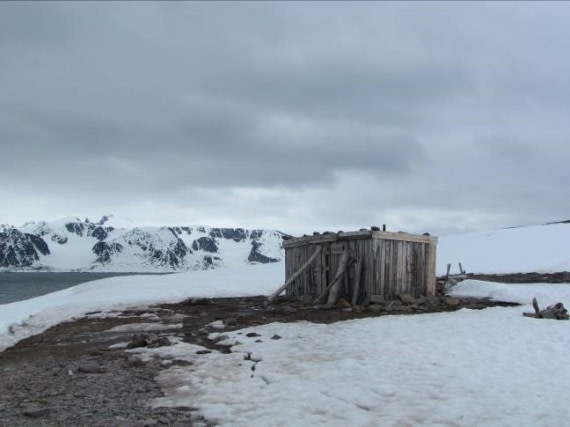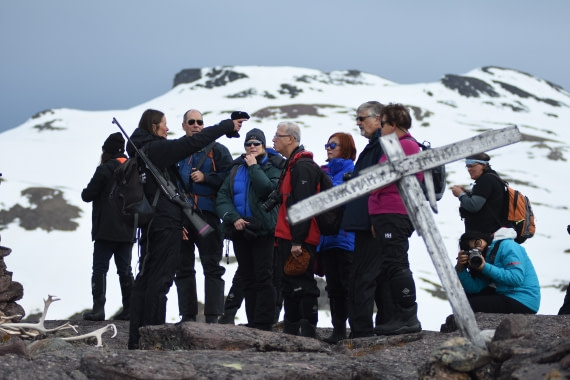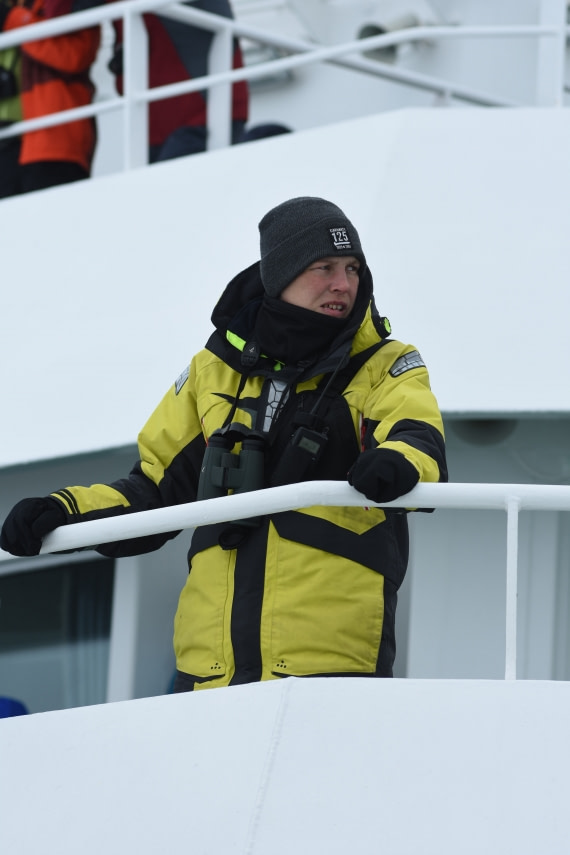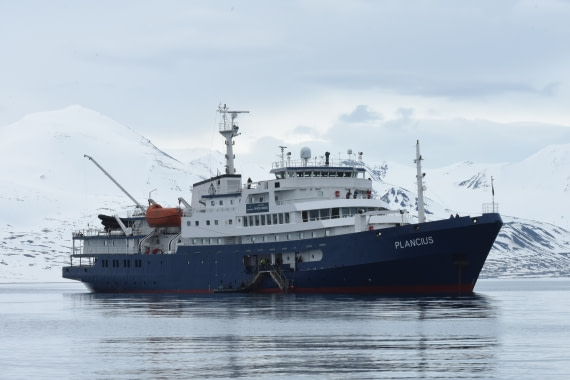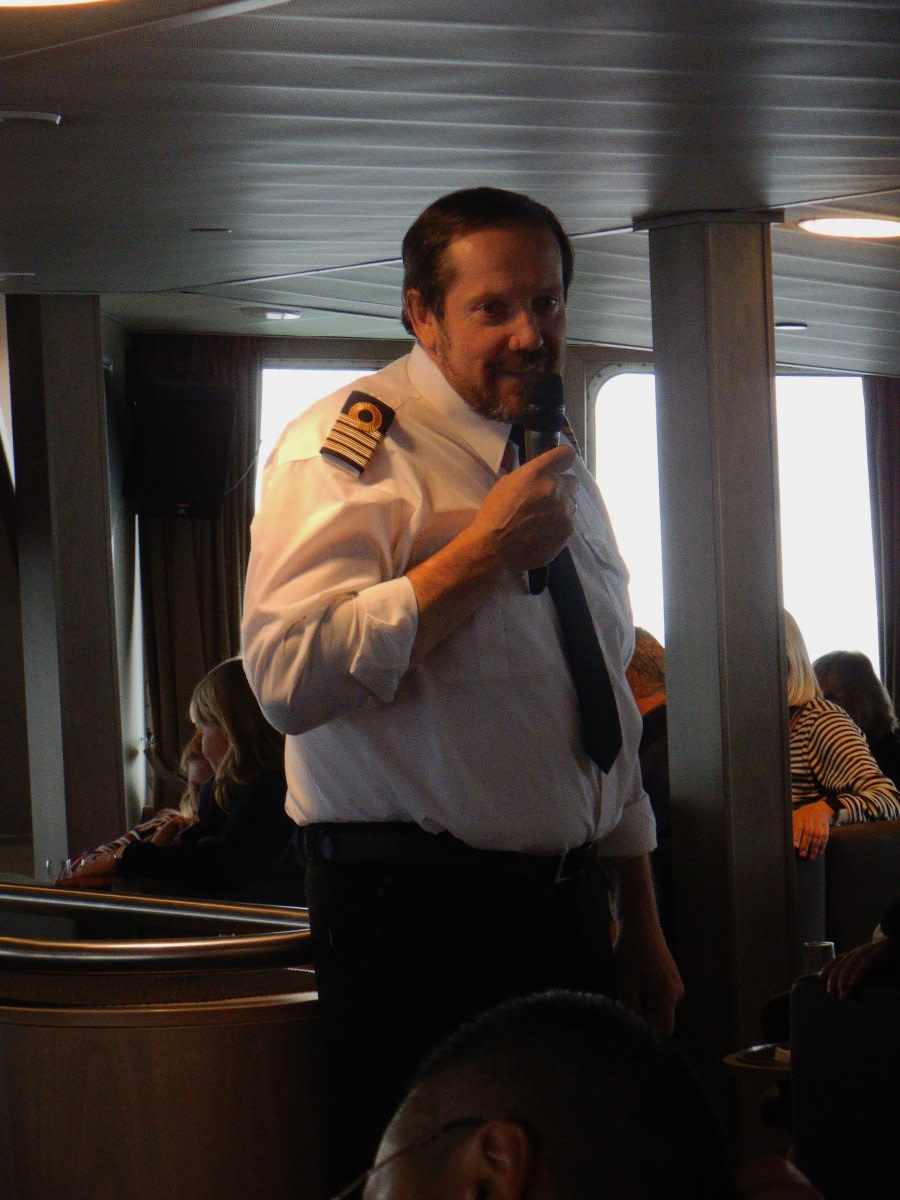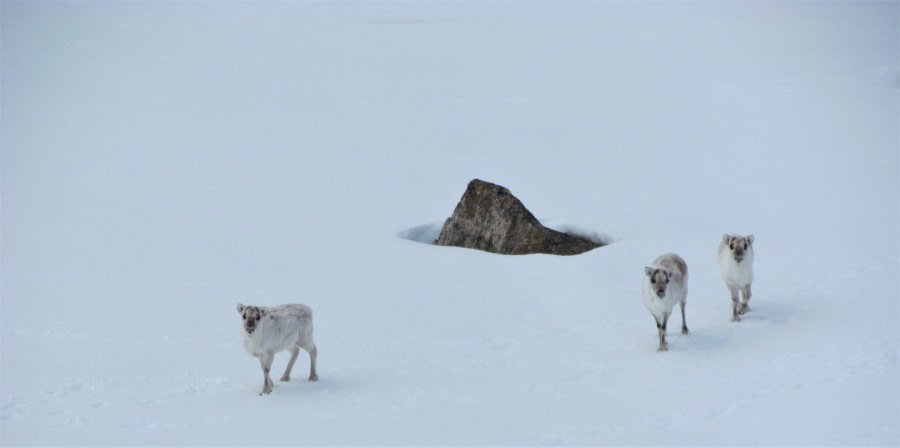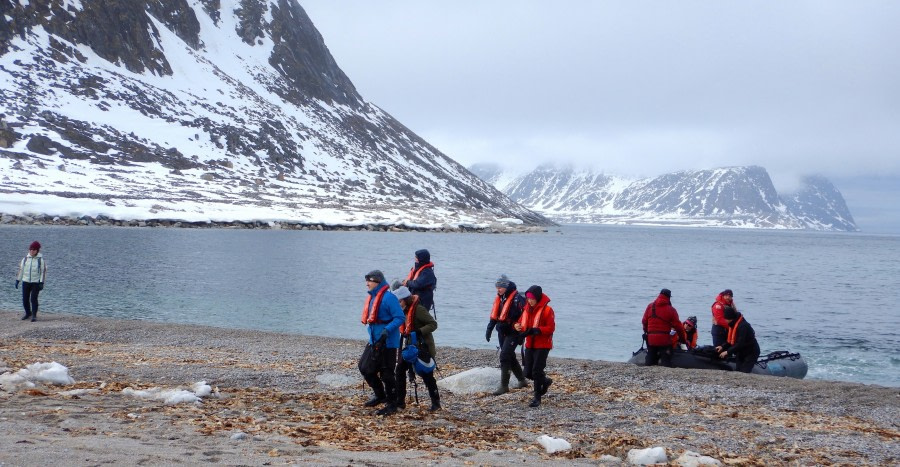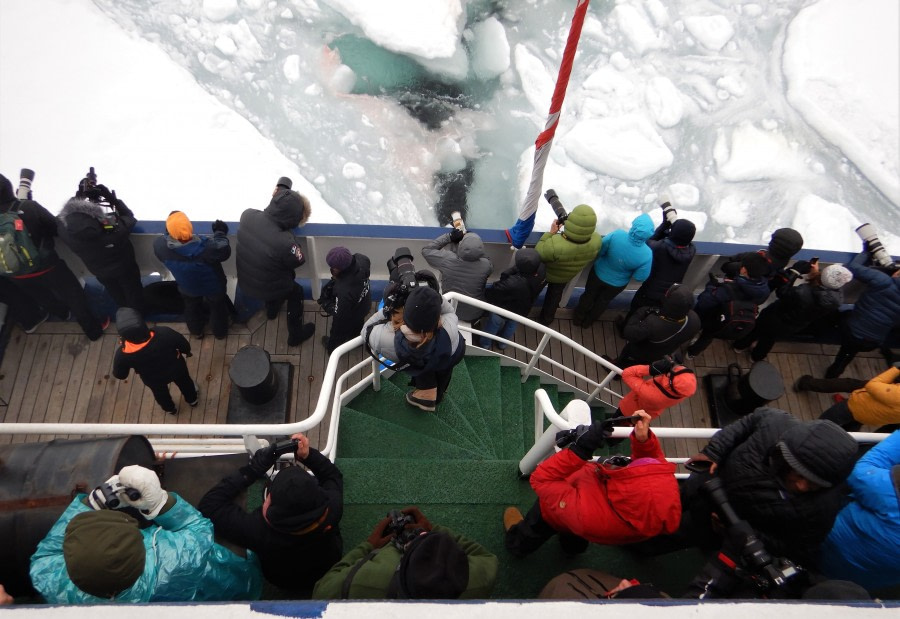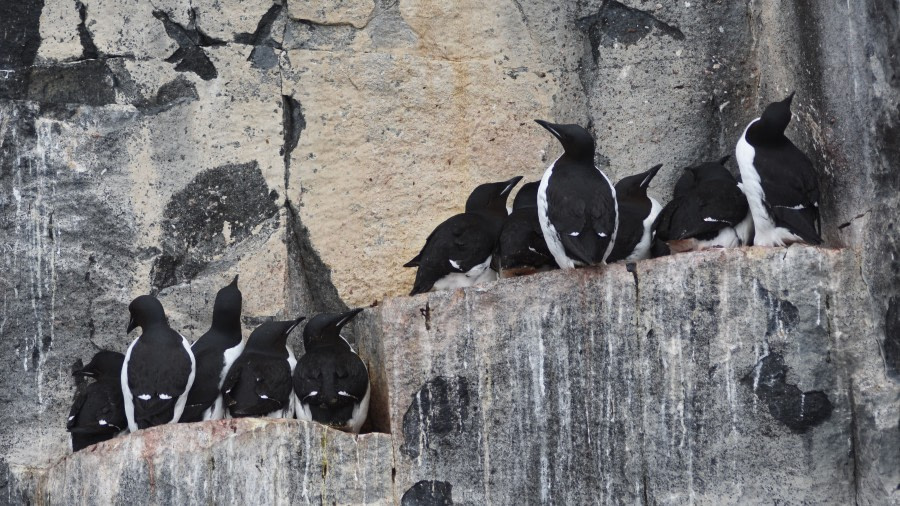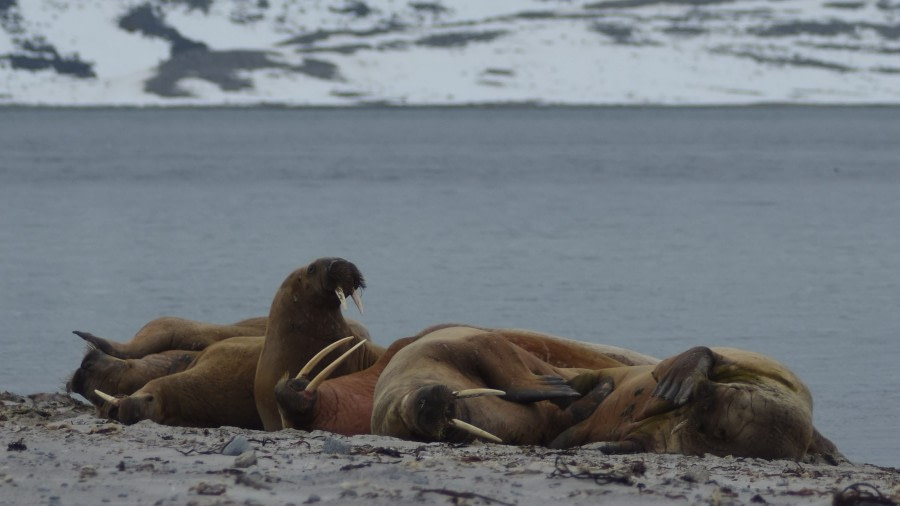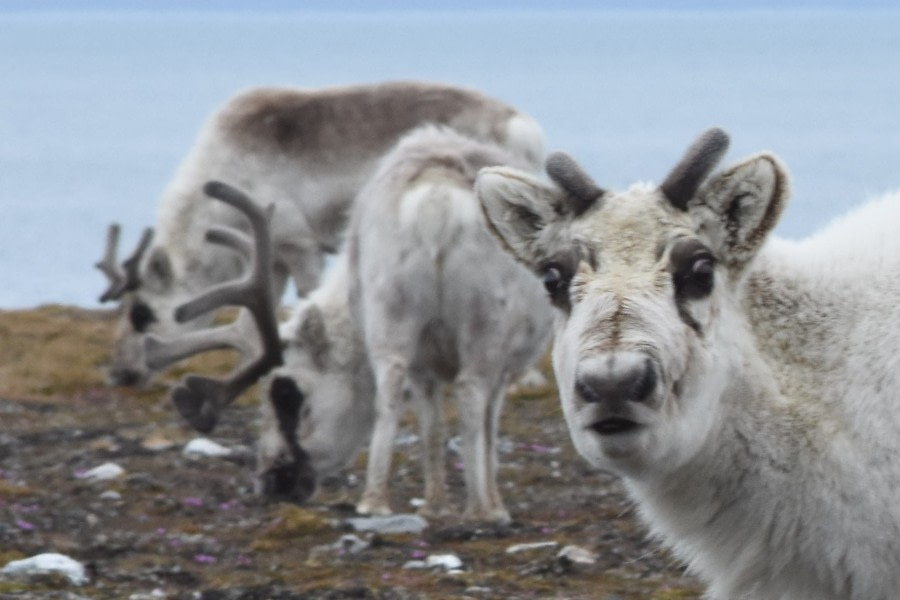| Fecha: | 15.06.2018 |
| Posición: | 078°14'N / 015°35'E |
| Viento: | NW 6 |
| Clima: | Nublado |
| Temperatura del Aire: | +4 |
Longyearbyen está situada a 78º norte y, como tal, es uno de los asentamientos más septentrionales del mundo. Creció como ciudad minera del carbón, pero ahora alberga a unos 2.000 habitantes que viven y trabajan aquí todo el año. Este número aumenta temporalmente durante los meses de verano con la llegada de miles de visitantes en cruceros. Algunos de nosotros habíamos llegado un día antes de nuestro día de salida a bordo del Plancius y tuvimos tiempo de explorar la ciudad y tal vez hacer una excursión de un día, pero muchos de nosotros llegamos al aeropuerto por la tarde y, tras ser recibidos por Ali en el aeropuerto, tuvimos algo de tiempo para visitar la ciudad antes de dirigirnos al puerto para reunirnos con nuestro barco para el próximo viaje. Cuando llegamos al pontón flotante, el tiempo había cambiado considerablemente, con fuerte viento y nieve. Iba a ser un interesante viaje en zodiac hasta nuestro barco Plancius, que estaba anclado en el fiordo. Sasha y Laurence nos pusieron los chalecos salvavidas y subimos a las zodiacs. El camino hasta el barco estaba lleno de baches y humedad, y las condiciones en la pasarela eran difíciles, pero nuestros conductores se aseguraron de que todos subiéramos a bordo sanos y salvos, aunque un poco mojados. Desde la pasarela, el acogedor personal del hotel nos llevó a nuestros camarotes, donde ya estaba nuestro equipaje. Tuvimos algo de tiempo para familiarizarnos con nuestro camarote antes de que nos llamaran al salón para la sesión informativa de seguridad obligatoria, impartida por nuestro tercer oficial, Luis Oroceo. Nos dio toda la información necesaria sobre la seguridad a bordo y nos preparó para el simulacro de salvamento que iba a tener lugar a continuación. Oímos la alarma de abandono del buque y nos reunimos en el puesto de reunión, el Lounge, con nuestros grandes chalecos salvavidas naranjas, la única vez que esperamos llevarlos puestos. Después de pasar lista, nos llevaron a los botes salvavidas para ver dónde se encontraban y cómo embarcaríamos en caso necesario. Levamos el ancla y salimos de Isfjord en dirección norte. Nos reunimos de nuevo en el salón y el director del hotel, DJ, nos explicó algunos de los procedimientos a bordo del Plancius, nuestro hogar durante la semana. A continuación, tuvimos la oportunidad de conocer a nuestro equipo de expedición que nos guiará con seguridad durante nuestro viaje aquí en Svalbard. Nuestro jefe de expedición, Michael Ginzburg, nos dio un poco más de información sobre nuestros planes para el viaje. Nos mostró una carta de hielos y quedó claro que este año la banquisa está muy al norte, así que para encontrar a los osos que esperamos ver en este viaje, tenemos que ir allí. El personal del hotel nos sirvió champán y canapés antes de reunirnos con nuestro capitán, Evgeny Levakov, que nos explicó un poco más sobre nuestro próximo viaje. Después llegó la hora de la cena, que fue una oportunidad para reunirnos con nuestros compañeros de viaje. Con 24 horas de luz, muchos de nosotros disfrutamos de un rato en cubierta para avistar fulmares, araos, gaviotas tridáctilas y diminutas alcas. Fue una velada muy agradable a bordo.
